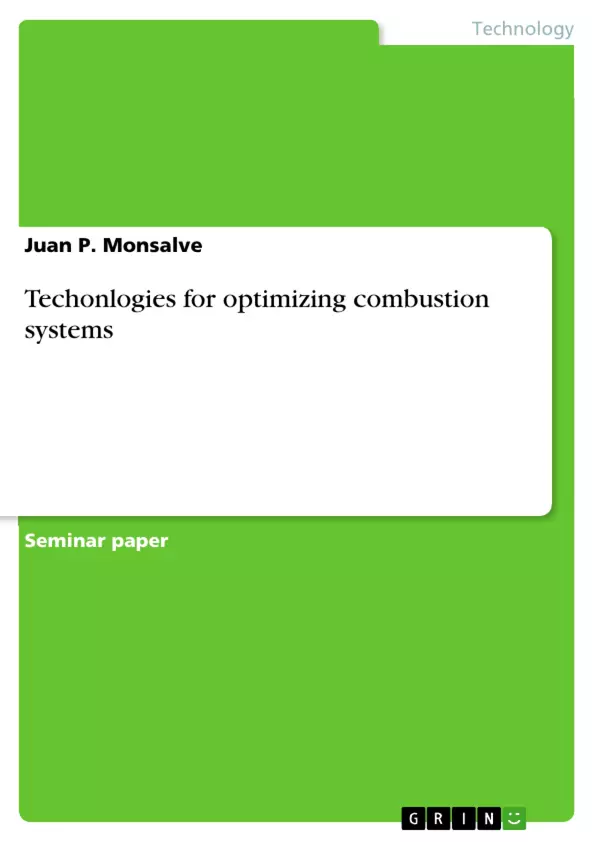This paper presents a brief review of combustion concepts applied to jet propulsion systems in aeronautics, and explains the equations that govern these phenomena and their relationship with mechanics. It also provides a brief overview of the history and evolution of propulsion systems, showcasing various technologies developed and under development in the field of combustion and their application to jet engines. The paper explains the configuration differences between civilian and military jet engines and their relation to bypass ratios.
Inhaltsverzeichnis (Table of Contents)
- Introduction
- Theoretical Foundations
- Thrust
- Efficiencies
- Theoretical Cycle of the Jet Engine
- The Turbofan
- Physical Structure
- Bypass Ratio
- Classification
- Turbofan of high bypass ratio
Zielsetzung und Themenschwerpunkte (Objectives and Key Themes)
This paper aims to provide a concise overview of combustion concepts applied to jet propulsion systems, focusing on turbofan engines. It explores the theoretical foundations of thrust and efficiency, examines the Brayton cycle, and details the structure and function of turbofan engines, including bypass ratios and their impact on performance.
- Fundamentals of combustion in jet engines
- Theoretical cycles and efficiency calculations
- Design and functionality of turbofan engines
- The role of bypass ratio in engine performance
- Differences between high and low bypass ratio turbofans
Zusammenfassung der Kapitel (Chapter Summaries)
The Introduction sets the stage by highlighting the importance of jet engines in aerospace and outlining the paper's scope. The section on Theoretical Foundations delves into the concept of thrust, deriving relevant equations, and defining key efficiencies like thermal, engine, and propulsive efficiency. The Theoretical Cycle of the Jet Engine section illustrates the Brayton cycle, explaining the thermodynamic processes involved in each stage. The section on The Turbofan describes the turbofan engine's structure, focusing on its components, and introduces the concept of bypass ratio, differentiating between high and low bypass ratio engines and their applications.
Schlüsselwörter (Keywords)
Jet engines, turbofan engines, combustion, Brayton cycle, thrust, efficiency, bypass ratio, high bypass ratio, low bypass ratio, propulsion, aerospace engineering.
- Quote paper
- Juan P. Monsalve (Author), 2024, Techonlogies for optimizing combustion systems, Munich, GRIN Verlag, https://www.grin.com/document/1502633



